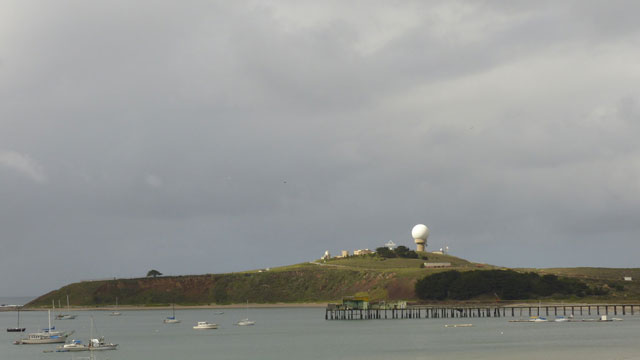
Seven out of 10 of the state’s most polluted beaches are in Northern California, according to environmental group Heal the Bay’s annual Beach Report Card, released Thursday.
Each year, Heal the Bay ranks California beaches on water quality. They test for bacteria that signal the presence of microscopic critters that can make people sick. This year, 95 percent of beaches got clean A or B grades, a record. That’s thanks to the drought, explained Amanda Griesbach with Heal the Bay.
“There’s a lack of rainfall, urban runoff and pollutants and debris and everything that’s washed into the beach water and that elevates the level of bacteria,” she said. “So if there’s a drought we typically see better grades.”
But not everywhere. The polluted beaches that made the “Beach Bummers” list below suffer from problems like poor circulation — enclosed beaches like Marina Lagoon in San Mateo don’t have enough water flow to break up bacteria — and outdated sewage systems that leak contaminated water like the corroded pipes at Santa Cruz’s Cowell Beach, explained Griesbach.
Here they are, listed from worst to, well, maybe you’ll get a sinus infection.
- Cowell Beach, at the wharf (Santa Cruz County)
- Marina Lagoon (San Mateo County)
- Marina del Rey, Mother’s Beach (Los Angeles County)
- Cabrillo Beach, Harborside (Los Angeles County)
- Stillwater Cove (Monterey County)
- Clam Beach County Park (Humboldt County)
- Santa Monica Pier (Los Angeles County)
- Pillar Point Harbor (San Mateo County)
- Capitola Beach, West of jetty (Santa Cruz County)
- Windsurfer Circle, Candlestick Point (San Francisco County)
Griesbach and other officials stressed that water quality can change from day-to-day especially after big rainstorms.
